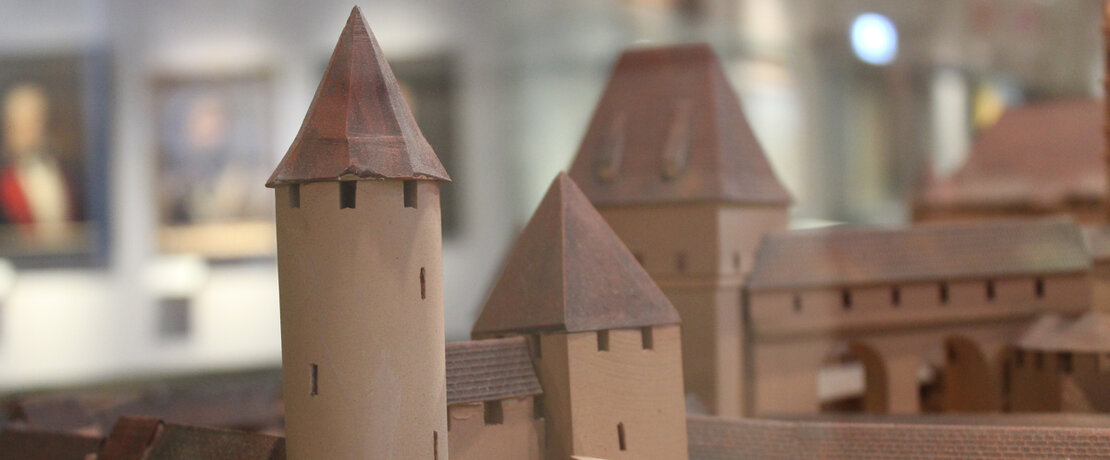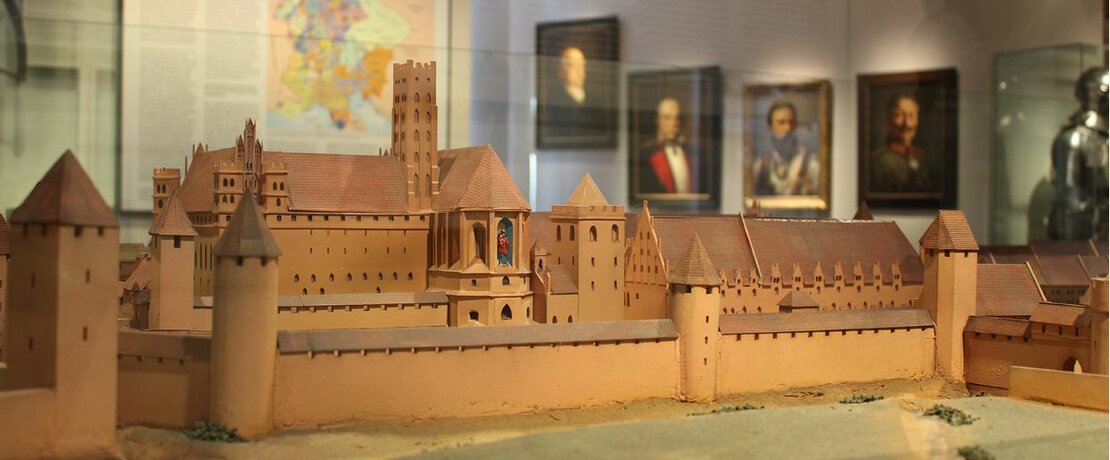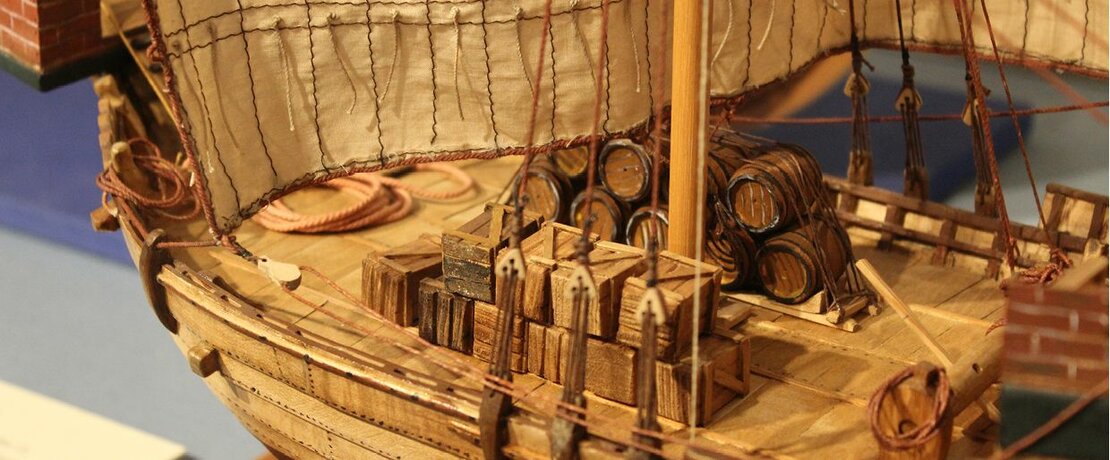The Brandenburg-Prussia Museum
Is a private museum the fulfilment of all collectors’ dreams? A look behind the scenes of the Brandenburg-Prussia Museum in Wustrau.

INTERVIEW WITH ANDREAS BÖDECKER, HEAD FOUNDATION COUNCILLOR OF THE BRANDENBURG-PREUSSEN MUSEUM, WUSTRAU
What is the main focus of the “Brandenburg-Preußen Museum”?
AB: At the heart of our 600 m² exhibition space is the history of Brandenburg-Prussia and the Hohenzollern family between 1415–1918. The museum begins with a portrait gallery of the 21 Brandenburg PrinceElectors, Prussian Kings, and German Emperors, ending with the standard which Emperor William II bore when he drove from his headquarters in the Belgian town of Spa to the Dutch border on the night of the 9th–10th November 1918. Our content focusses not goose step and “Pickelhauben”, but on Prussia’s civic achievements and its rise from being a cog in the bureaucracy of the Holy Roman Empire to a leading industrial power and the world’s first welfare state.
Our location in Wustrau is part of this history. It was here, on the south bank of the picturesque Lake Ruppin, around 80km from Berlin, where Frederick the Great’s legendary Hussar general Hans Joachim von Zieten lived. His palace, the church with its epitaph to Zieten and Baroque patrons’ gallery, the old rectory, and the historic village centre still testify to this history today. It was no coincidence that Theodor Fontane began his “Travels in Mark Brandenburg” here.
What goals did you set for yourself when you took over the museum from your father five years ago
AB: When my father designed the museum 20 years ago, Prussia was a polarising term, provoking an angry, emotional response from many people. My father noticed a lack of appreciation for Prussia’s civic achievements in this debate, and designed the museum as an impassioned defence of the Kingdom of Prussia and the German Empire.
Nowadays, after years of discussion, we have achieved a more balanced view and are now faced with the task of awaking interest in our history, especially among young people. It is important to create something new and different; a more varied and balanced way of illustrating the past, that allows the viewer to draw their own conclusions. We have been working on this for years, taking our visitors’ suggestions into account along the way. This success has strengthened us: Over 2,000 children and young people visit the museum every year, covering specialised topics with our museum educators. In 2017, one of our projects with school children was even chosen as the regional winner of the Federal President’s History Competition.

Which parts of the museum would you like to expand in the future, and which work of art is currently at the top of your wish list?
AB: Definitely the Enlightenment Era. We have some fine portraits of representatives of the Prussian early Enlightenment, but a portrait of Moses Mendelssohn would be a great addition.
How does a private museum differ from a public one?
AB: We are poor in monetary terms, but enjoy a wealth of freedom.

What can we learn from Prussian history in respect to our current political debates?
AB: The fabled Prussian tolerance was not a given, and not something the Prussians were born with. It was something the Elector and the Kings who followed him had to work hard to establish. Around the year 1700, every fifth person in Berlin was a French Calvinist, whereas the original population of Berlin was Lutheran, so it was not an easy situation. We can learn a lot today from how this integration was managed and transformed into a unique success story.
Our modern idea of a constitutional and administrative state was founded in Prussia in the 18th century by Frederick William I and Frederick the Great. This new state was not united under religion or national ideals, but under reason and the rule of law. Freedom of religion made it an attractive destination for immigrants, and the state welcomed anyone who was honest, prepared to uphold the existing order, and to contribute to society. The Enlightened Prussia welcomed migrants from many nations: French Hugenots, Salzburg Protestants, Muslim Tartars, and Jews. The success story of this rational “State without a Nation” (Hindrichs) can provide us with numerous important impulses for today’s debates, such as the future of the European Unification.
Sadly, the rational state of Prussia was not incorporated into the national state of the German Empire, but superseded by it. The financial success following the depression and the memories of the victory over France in 1871 swelled the pride of the newly founded German nation. The old Prussian spirit of sober objectivity was pushed aside as outmoded. This sense of provocative national pathos was represented perhaps nowhere better than in the person of the young Emperor William II – so much so that later observers even claimed he was its originator. However, this Fin de Siècle spirit of national hubris was shared by all of Europe’s great powers and soon pushed them over the edge and into the chaos of the First World War.
